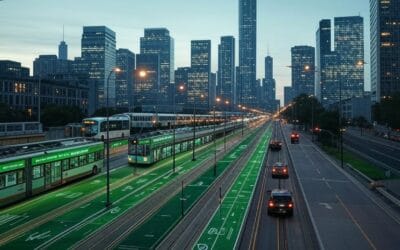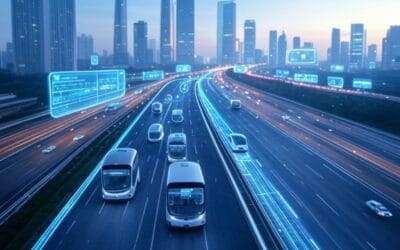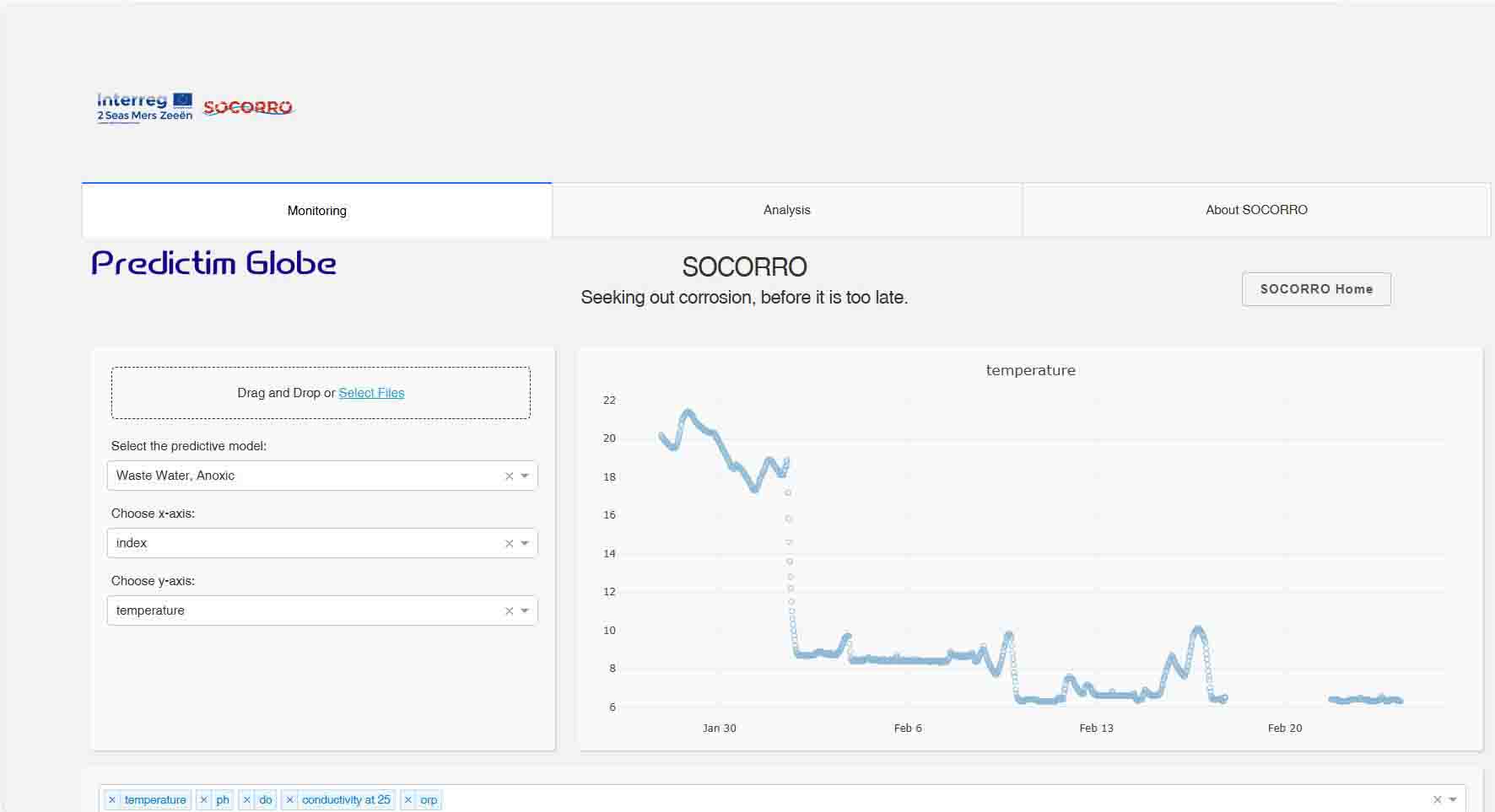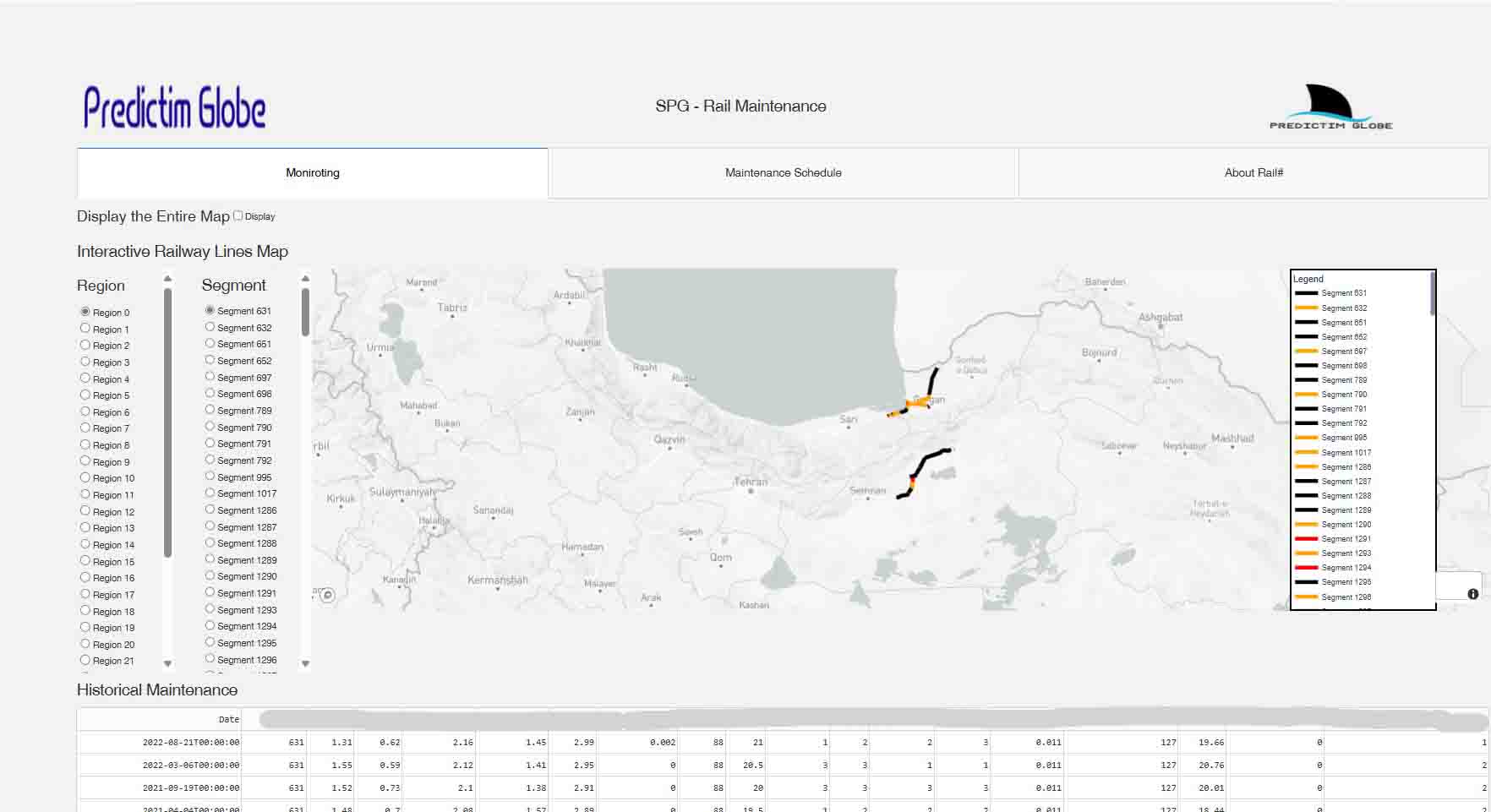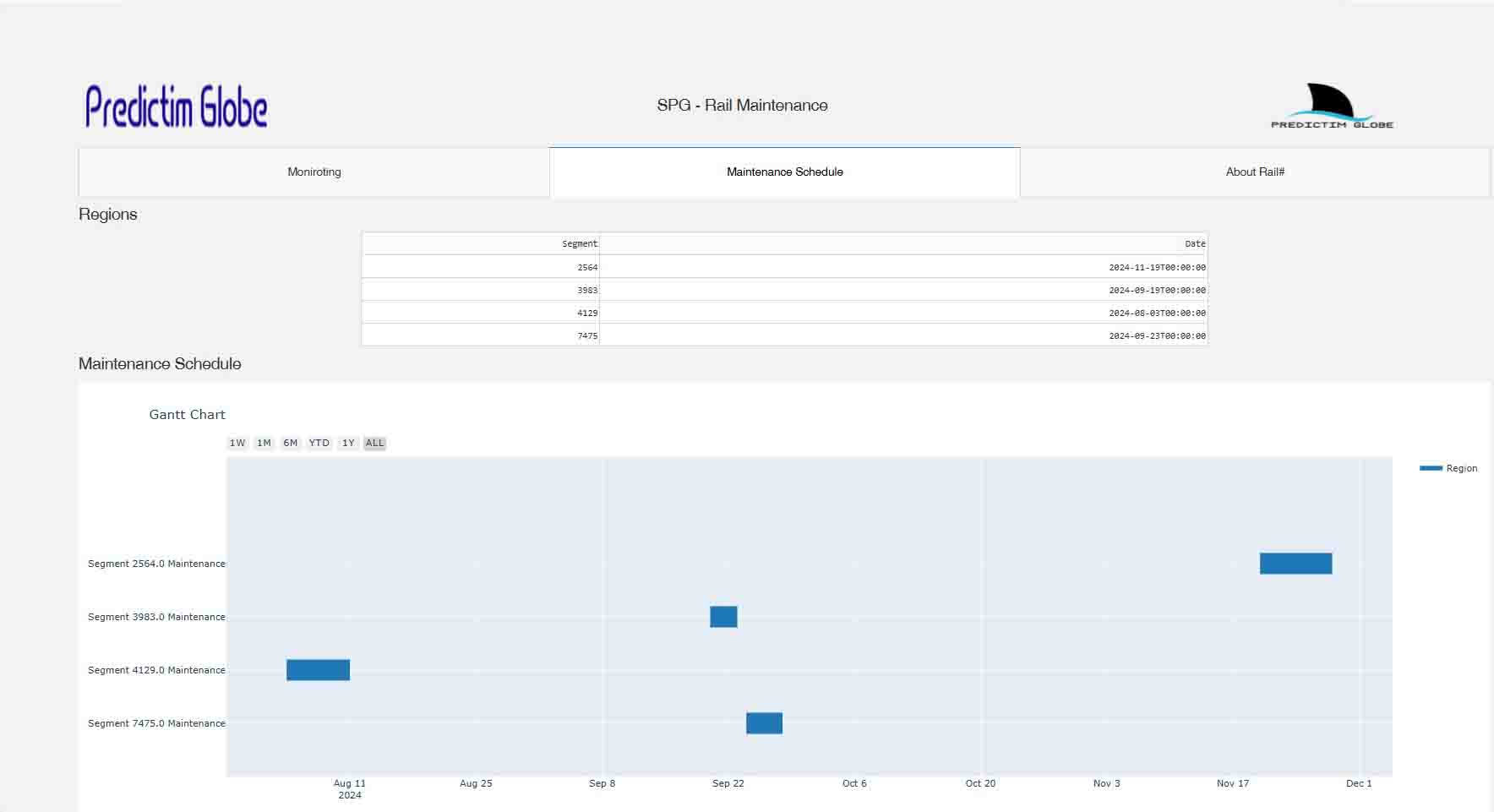Until recently, supply chains were reactive. Planners ran “what-if” analyses using spreadsheets or rigid simulation tools, hoping to guess the next disruption. But in 2025, a quiet revolution is taking place — powered not by another dashboard, but by Generative AI....
Empowering Business Decisions with AI and Advanced Analytics
We build intelligent systems that anticipate, adapt, and optimize—grounded in real-world constraints and research-backed algorithms.
Innovative Analytics for Strategic Advantage
Experts and Cutting-Edge Research
Data-Driven Insights
Advanced Data Mining
Predictive Modeling, IoT, and Prescriptive Analytics
AI-Powered Decision Support
Continuous Innovation
Our Services
Prescriptive Analytics
We develop advanced AI-powered prescriptive solutions that predict trends and recommend optimal actions. Our tools empower businesses to make informed strategic decisions, optimize outcomes, and confidently tackle challenges. By leveraging insights, we drive data-driven strategies aligned with your goals and ensure success.
Railway Decarbonation & Predictive Efficiency
Beyond simple uptime, our Advanced AI and Intelligent Optimization drastically reduce energy consumption and resource waste by predicting component failure with high precision. This minimizes costly emergency repairs and promotes a lifecycle approach aligned with Circular Economy principles.
Sustainable Mobility & Logistics Optimization
We apply advanced optimization algorithms to simulate and minimize the carbon footprint of complex supply chains and transport networks. Our solutions ensure fleet utilization is maximized, operational waste is reduced, and movement aligns with regional sustainable mobility goals.
Corrosion Decision Support Systems
We provide innovative solutions to mitigate corrosion-related failures by identifying and assessing vulnerable infrastructure. Utilizing advanced AI techniques, mathematical models, and multimodal data, we help you plan maintenance interventions early, preventing major issues. This proactive approach reduces downtime and operational costs.
Port and Maritime Logistics
We specialize in simulating and optimizing complex maritime and port logistics systems, using cutting-edge technologies to boost efficiency, lower costs, and elevate service standards. Our expertise covers all aspects of maritime logistics, ensuring every solution is tailored to your unique operational challenges.
Intelligent Healthcare Logistics
We specialize in designing intelligent healthcare logistics optimization tools, using advanced technologies to boost efficiency, cut costs, and improve patient care. Our expertise covers all facets of healthcare logistics, ensuring each solution meets your specific operational needs.
Blog, News and Updates
Harnessing Excess Capacity: A New Frontier in Package Delivery
The Evolution of Collaborative Logistics The package delivery landscape is undergoing a revolutionary transformation as businesses and logistics providers recognize the untapped potential of excess capacity utilization. Traditional delivery models, heavily reliant on...
Electrification and Sustainable Transportation: Toward a Greener Future
In an era defined by rapid technological change and escalating environmental challenges, the electrification of transportation stands at the forefront of the mobility revolution. As cities and nations strive to decarbonize and enhance efficiency, sustainable...


